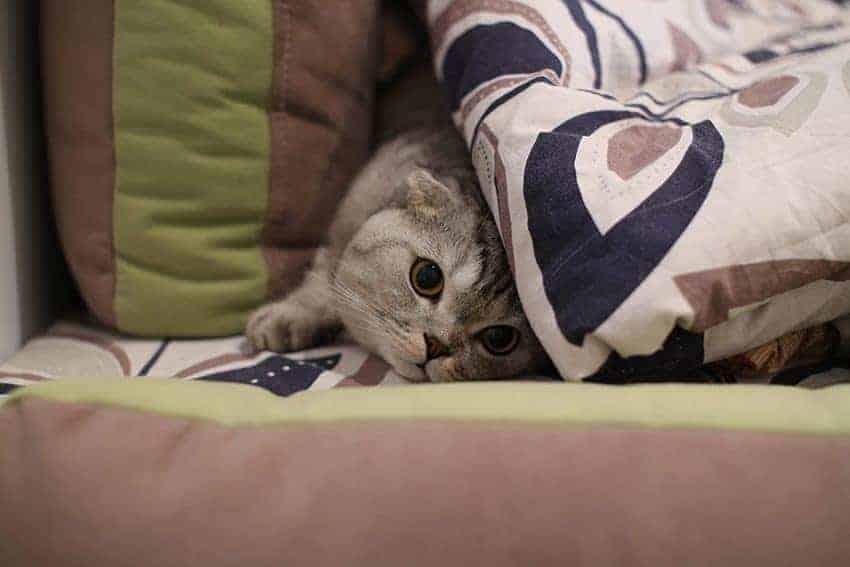
There’s no place like home. For most of us, it’s the place where we can close the door on the world and happily relax in our own, comfortable space. Yet, while our human-centric homes may suit us just fine, what would our cats have to say on the matter?
As the cat is a territorial species, the environment is everything – it isn’t enough just to provide some food, shelter and love. A cat-friendly home takes into consideration the needs of the cat as a very different species to humans and is about compromises that you can make so that the environment suits you both.
Are you up for the cat-friendly home challenge?
Cats love clutter
You may like an open-plan, clutter-free house, but it’s not very appealing to your feline housemate. Cats like camouflage to they can roam relatively inconspicuously. So, if you’re more of a hoarder with an eclectic mix of home furnishings, your pad will be a haven of possibilities for a cat, offering high spots to sit and plenty of places to slinkily slip from view.
Cats love zoned living
Cats can be very fussy about where their resources are located and like them to be kept separately. Place their food, water, litter tray, scratching post and bed in different locations around the house, ensuring your cat can access them whenever they need to. If there is anything they’re not using, try moving things around to see if it’s the location that’s the problem.
Cats love high places
Cats are natural climbers and many enjoy being able to observe their surroundings from high places, seeking out shelves, cupboards or wardrobes as suitable platforms, so it may be necessary to place furniture nearby to give the cat a halfway platform for ease of access. You could even put up some specifically for your cat’s use. Provide a non-slip surface, as many wooden shelves are extremely slippery. Bookshelves can also provide sanctuary if a small area is cleared for your cat’s use – but remove anything in the vicinity that’s breakable.
Cats love to scratch
Cats need to scratch to maintain their claws and mark their territory. If provisions are not made for this then cats will scratch your furniture. Scratching posts should be as tall as possible to allow your cat to scratch vertically at full stretch. There are scratching posts available that can do multiple jobs – some tall, floor-to-ceiling cat activity structures provide scratching options, platforms to watch the world go by, enclosures for resting and climbing opportunities all in one.
Cats love to hide
Secret hideaways are an important facility for cats who need to have private places that are undisturbed. You can create these by making space available under the bed, inside cupboards or behind the sofa. Your cat should never be disturbed while using a private area unless you believe that it may be unwell.
Cats love to sleep
Cats favour warm places to sleep and many prefer them to have a strong, familiar scent of their owners to give a sense of safety and security (the reason why your bed is the number one choice for many felines).
Not all cats need the reassurance of their owner’s smell when they are resting, so they may have several sleeping locations that rotate according to the position of the sun. An assortment of sleeping spots should be available in warm, sunny, quiet areas. These don’t have to be special beds as the average cat is perfectly content with its owner’s chairs or sofas, so you may wish to place some warm bedding on your furniture in your feline’s favourite spots.
Make sure any cat bedding provided is washable, but don’t clean it too frequently, as cats feel more secure with familiar smells.
Sources: icatcare.org, battersea.org.uk














